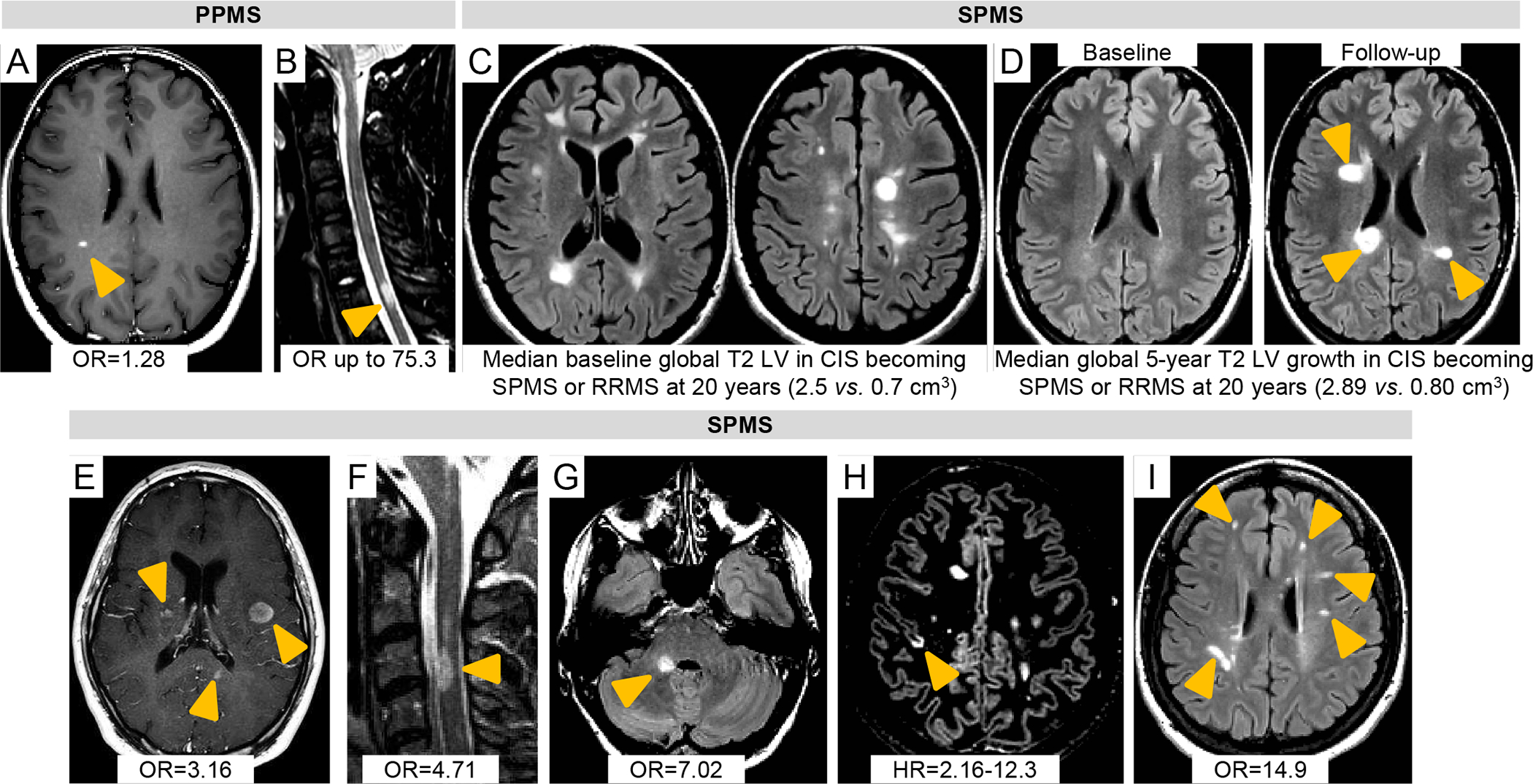Figure 2. Summary of MRI predictors of subsequent disability progression and evolution to SPMS at disease onset.

In PPMS early predictors are A) gadolinium (Gd)-enhancing (orange arrowheads) on post-contrast T1-weighted sequences35 and B) spinal cord (SC) lesions at baseline (orange arrowheads),40 STIR sequence. In SPMS early predictors are C) the number and volume of baseline brain lesions (T2-FLAIR sequences);31 D) increase of brain lesion volume (LV) during the first 5 years (orange arrowheads) (T2-FLAIR sequences);31 E) ≥2 Gd-enhancing lesions at baseline (orange arrowheads) (post-contrast T1-weighted sequence);34 F) ≥1 SC lesion at baseline or ≥1 SC lesion within 1–3 years (orange arrowheads) (STIR sequence);34 G)≥1 infratentorial lesion at baseline or ≥1 infratentorial lesion within 1–3 years (orange arrowheads) (T2-FLAIR sequence);34 H) ≥1 cortical lesion at baseline (orange arrowheads) (DIR sequence);44 I) ≥1 new deep WM lesion within 1 year (orange arrowheads) (T2-FLAIR sequence).34 Relevant OR, HRs or global T2 LV that are associated with disability progression and evolution to SPMS at disease onset and that were derived from the literature and discussed in the text are also reported.
Abbreviations: cm=centimeter; DIR=double inversion recovery; FLAIR=fluid-attenuated inversion recovery; Gd=gadolinium; HR=hazard ratio; LV=lesion volume; MRI=magnetic resonance imaging; MS=multiple sclerosis; OR=odds ratio; PP=primary progressive; SC=spinal cord; SP=secondary progressive; STIR=short tau inversion recovery; WM=white matter.
